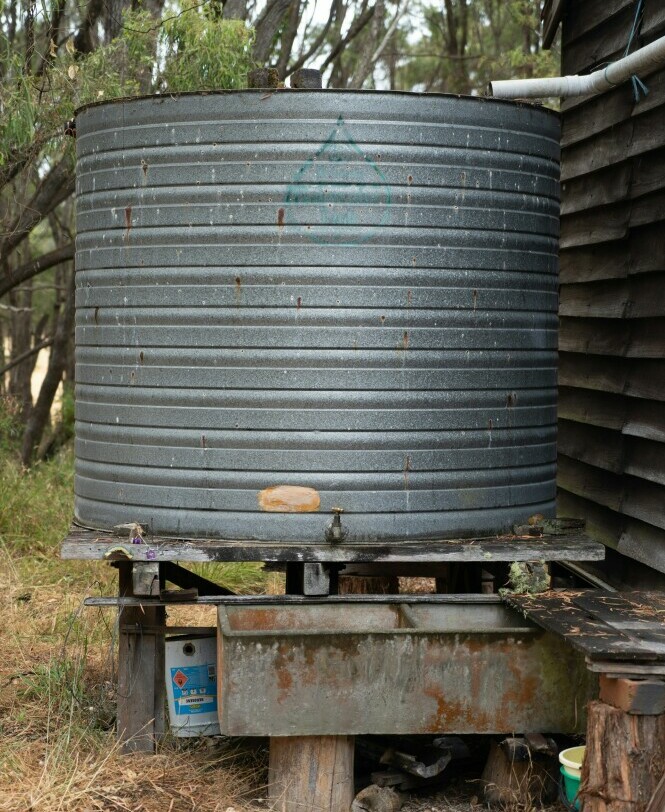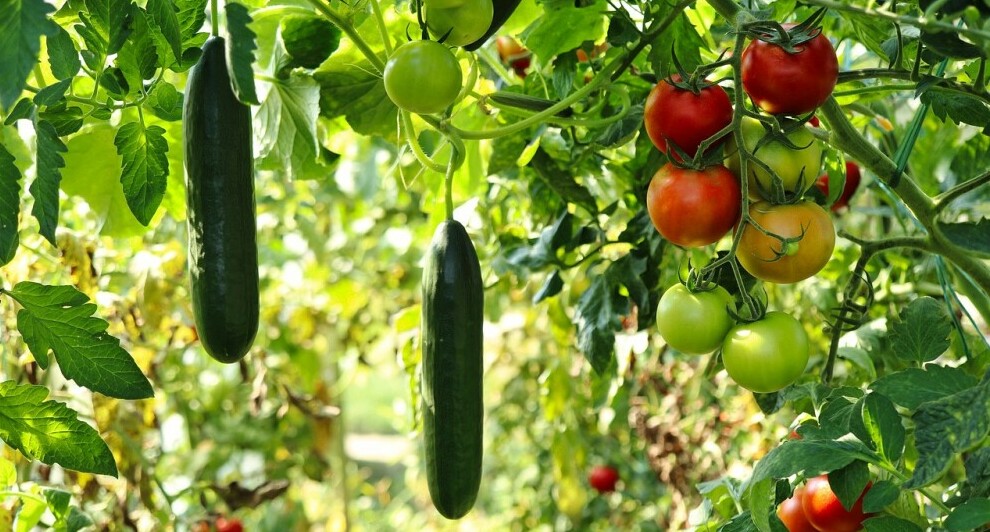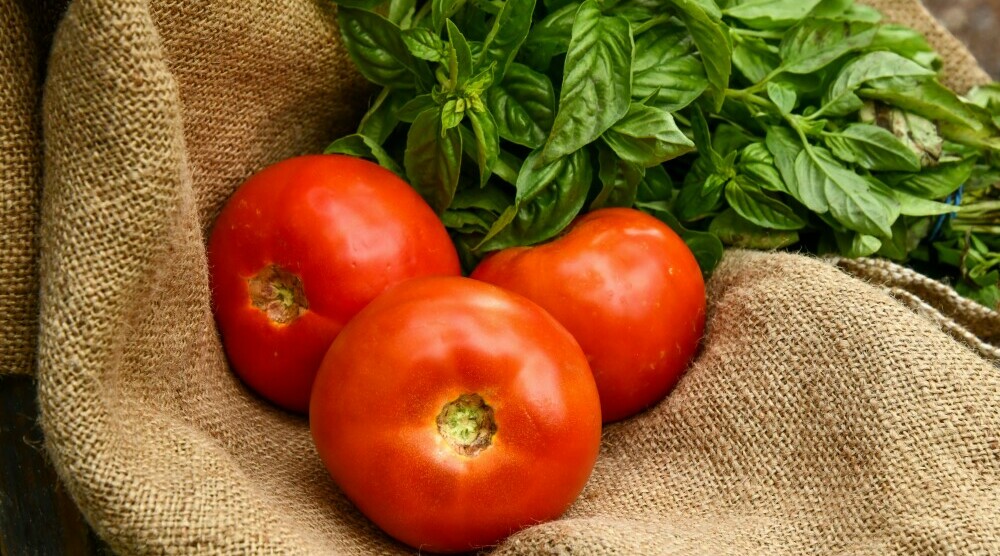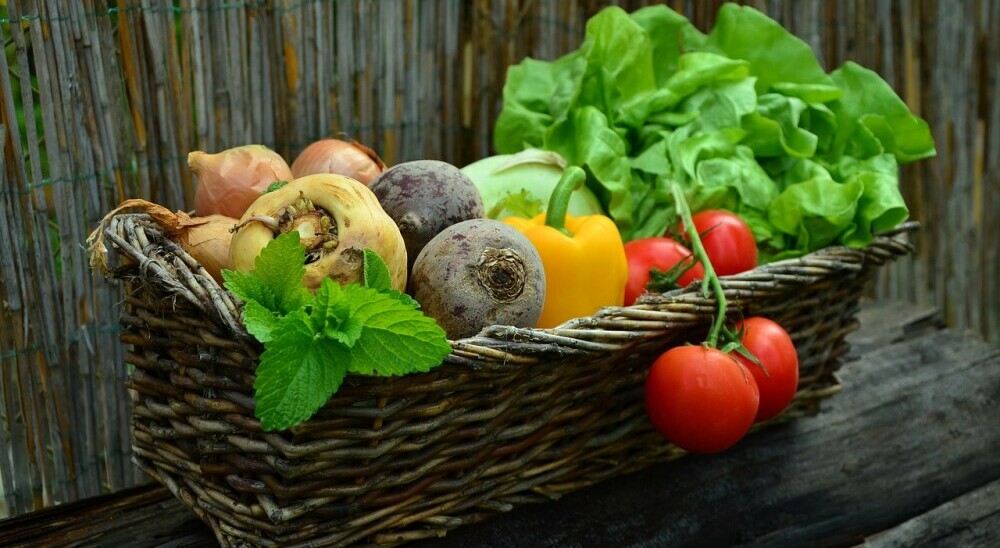This article contains affiliate links. For more information, please read my Affliate Disclosure
Selecting the Best Vegetables for Your Homestead:
A Comprehensive Guide
When we look at homesteading, we see what it offers in a way to live a self-sufficient lifestyle, with gardening at its core. As a beginner, choosing the right vegetables for your homestead is essential to ensure a successful harvest and sustainable practice. Here’s a guide that helped me make the best choices for my homestead garden.
Understanding Your Climate Zone
Your climate zone significantly impacts what you can grow successfully. I found AIPH (Australian Interactive Plant Hardiness Zone Map) website my best option to work out hardiness zone or similar local climate classification. Vegetables like tomatoes and peppers thrive in warmer climates, while cooler zones are ideal for crops like kale and broccoli.
Assessing Soil Type and Quality
Checking your soil type is another crucial factor. By conducting a soil test, you can determine its composition whether its sandy, clay or loamy soil and also check the pH level. When you do this, you are then able to adjust your vegetable choices based on your soil’s properties. Root vegetables like carrots prefer sandy soil, while leafy greens do well in loamy soil.
Considering Sunlight and Shade
Check the sunlight and shade in your garden. Most vegetables need at least six hours of direct sunlight daily. However, some, like lettuce and spinach, tolerate partial shade. Plan your garden layout accordingly to how much sun or shade your garden needs. My backyard in Summer is full sun so I find it hard to grow lettuce and spinach, however in winter our yard is mostly shade so my lettuce and spinach grow really well, although this year I bought a cover for our new planter boxes so I’m looking forward to summer hear and seeing if our lettuce and spinach grow well.
Water Availability and Irrigation
 Water is vital for any garden. Consider your water resources and choose vegetables that match your irrigation capabilities. Drought-tolerant plants like beans and squash can thrive with minimal watering, while crops like cucumbers and celery need consistent moisture. We are on town water living on acreage however we do have water tank that helps us with watering our garden. If you research how to store water for your garden you will be amazed at what people have made.
Water is vital for any garden. Consider your water resources and choose vegetables that match your irrigation capabilities. Drought-tolerant plants like beans and squash can thrive with minimal watering, while crops like cucumbers and celery need consistent moisture. We are on town water living on acreage however we do have water tank that helps us with watering our garden. If you research how to store water for your garden you will be amazed at what people have made.
Seasonal Growth Cycles
Understanding the growing seasons in your area is important Knowing when to plant and harvest each vegetable. Cool-season crops, such as peas and radishes, can be planted in early spring or fall, while warm-season crops, like corn and eggplants, are best planted after the last frost, however this will all depend on where your zones are.
Space Optimization
Maximize your garden space by selecting vegetables that fit your layout. Vertical gardening can save space, so consider climbing plants like pole beans and cucumbers. Compact varieties of tomatoes and peppers are perfect for small gardens or containers.
Nutritional and Culinary Preferences
Grow what you love to eat. This ensures that your efforts are rewarding, and it encourages you to take care of your garden. If you enjoy salads, plant lettuce, microgreens, and tomatoes. For stir-fries, grow capsicums, zucchini, and snow peas.
Preservation Potential
 Choose vegetables that can be preserved for future use. Tomatoes, cucumbers, and beans are excellent for canning, while root vegetables like potatoes and carrots store well in a cool, dry places.
Choose vegetables that can be preserved for future use. Tomatoes, cucumbers, and beans are excellent for canning, while root vegetables like potatoes and carrots store well in a cool, dry places.
Crop Rotation and Biodiversity
Implement crop rotation to maintain soil health and reduce pest problems. Plant a variety of vegetables to encourage biodiversity. Legumes, such as peas and beans, can improve soil fertility by fixing nitrogen.
Learning from Local Farmers and Gardeners
Tap into the knowledge of local farmers and gardeners. They can offer valuable advice on the best practices for your region. Attend gardening workshops, join local gardening groups, and visit farmers’ markets to learn from experienced growers.
Utilising Companion Plants
 Understand the beneficial relationships between vegetables. Companion planting can enhance growth, repel pests and improve flavor. For example, planting basil near tomatoes can improve their flavor and deter pests.
Understand the beneficial relationships between vegetables. Companion planting can enhance growth, repel pests and improve flavor. For example, planting basil near tomatoes can improve their flavor and deter pests.
Planning for Perennials
Incorporate perennial vegetables, which grow back each year, reducing the need for replanting. Asparagus, rhubarb, artichokes and garlic are great perennials that can provide consistent harvests.
Future-Proofing Your Vegetable Selection
Consider climate change and sustainability in your gardening plans. Choose resilient vegetable varieties that can withstand extreme weather conditions. Look at heirloom and open-pollinated seeds to support biodiversity.
Homesteading is a journey of learning and adaptation. By carefully selecting the right vegetables for your homestead, you can enjoy a bountiful and sustainable harvest.
Happy Homesteading x

